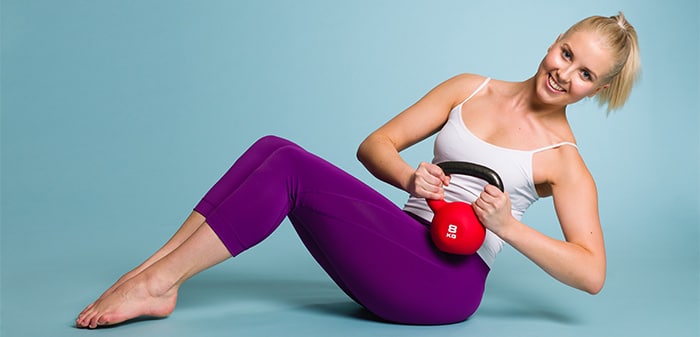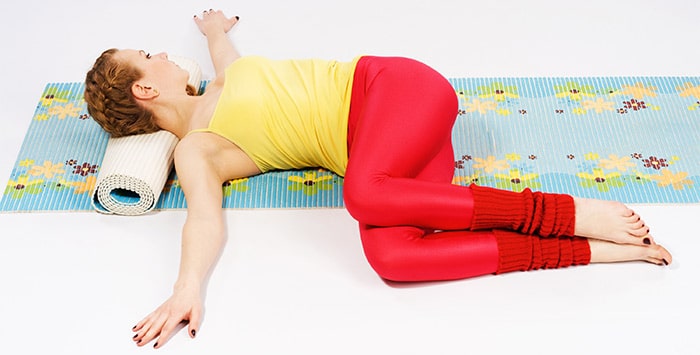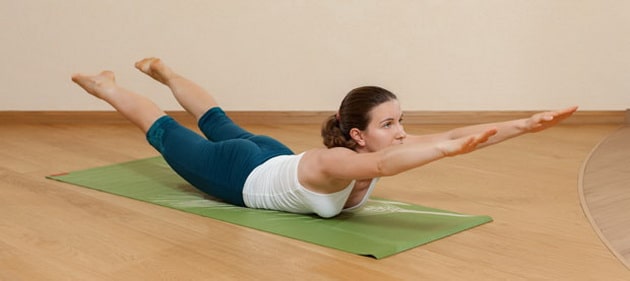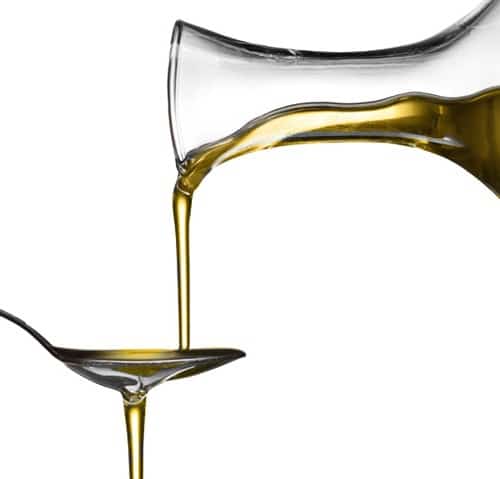By now, we are probably all aware that getting enough vitamin D is important to staying healthy. Not only does vitamin D help your body absorb calcium and keep your bones strong, it is also important to maintaining the health of your immune system, muscles and nerves. Vitamin D deficiency has also been linked to certain cancers (breast, colon and prostate), heart disease and depression.
Vitamin D is often called the “sunshine vitamin,” because the easiest way to get it usually is to be out in the sun—our bodies produce vitamin D naturally when exposed to sunlight. How much sun exposure depends on the individual, but around 20 minutes of sun exposure is commonly recommended, with more time for those with darker skin.
But in the winter, getting 20 minutes of sun exposure can be difficult, particularly for those who live in more northern areas, where the sun is low in the sky during this time of year. Luckily, there are other ways to help get your recommended dosage of vitamin D during the winter.
Food
Certain foods, such as fatty fish (salmon, tuna, sardines, herrings, mackerel, rainbow trout and swordfish, among others), mushrooms, eggs and pork are naturally rich in vitamin D. Vitamin D-enriched foods, such as milk, yogurt, orange juice and cereal, are other good options. And for those that can stand the taste, cod-liver oil is an excellent source of vitamin-D.
The recommended daily value of vitamin D from food per day is around 800 IU (20 mcg). But for those who don’t get enough sunlight, that dosage per day increases to around 1,000 IU (25 mcg).
Vitamin D Lamp
Another option for getting vitamin D, particularly for people who cannot absorb enough from their diets, is to use a vitamin D Lamp. Sun lamps, or light boxes, are used to treat seasonal affective disorder (D), and typically do not emit any UV light. UV light is required for vitamin D production. The Sperti Vitamin D Sunlamp is the currently the only FDA-certified light box that emits UV-B light. Discuss any usage with your doctor beforehand, and limit your exposure to only a few minutes at a time to avoid burning and the increased risk of cancer.
Supplements
Taking a supplement is another way to increase your vitamin D intake. Talk to your doctor and have a blood test done to see if your vitamin D levels are too low. Depending on the outcome, your doctor may prescribe vitamin D or recommend an over-the-counter supplement at a level that is appropriate for your case. Too much vitamin D can cause other health issues so be sure to discuss any intake with your doctor first.
Go Outside
When weather conditions permit in the winter, be sure to head outside. Catching some sunlight is better than getting none at all. Try parking your car a little further away and walking the rest of the way to work. Go for a brisk walk over lunchtime. Play outside with your kids after school – try building a snowman after a snowstorm. Just be sure you have some skin exposed to help your body produce vitamin D from the sunlight.
Even in the depths of winter, there are ways to make sure you get enough vitamin D to keep your body healthy.




































